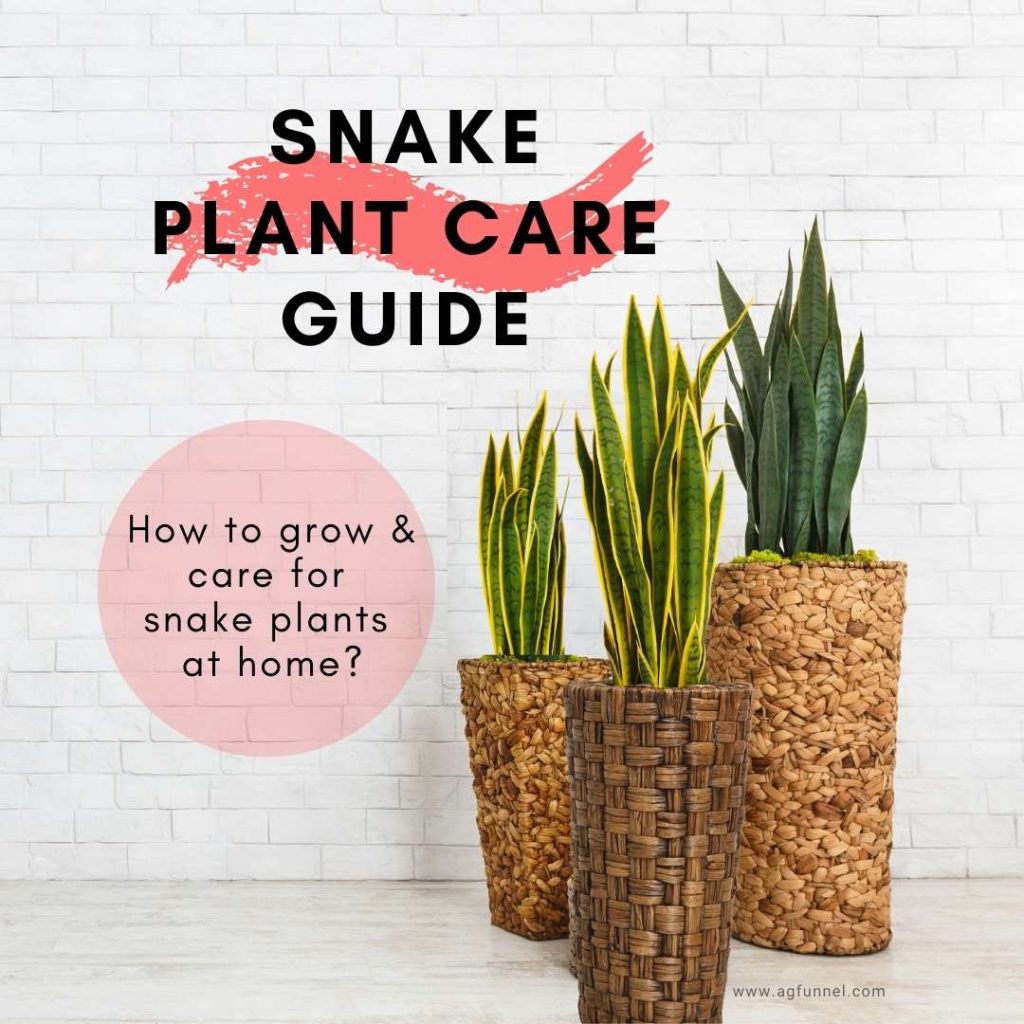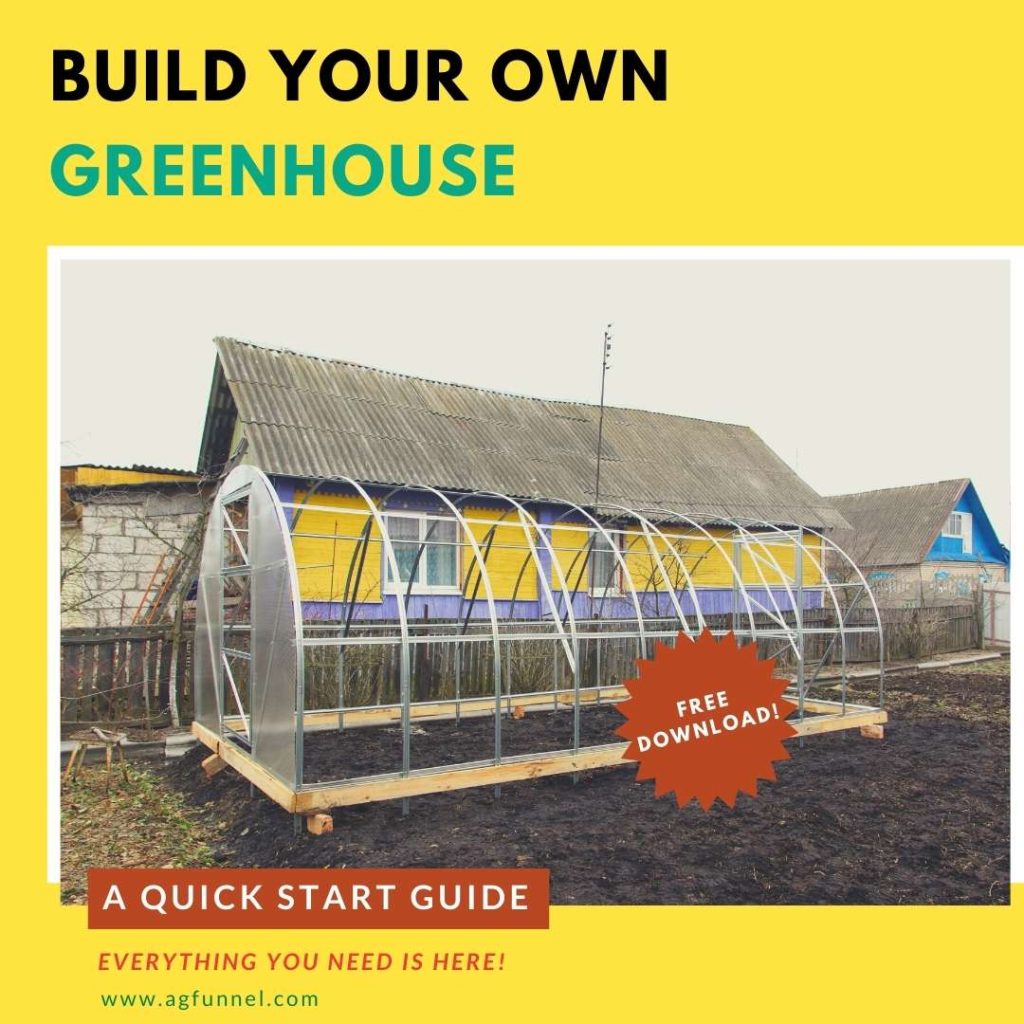If you are looking for ways to ensure your garden is happy and healthy, you have come to the right place. Keep reading to find out more.
1. Watch out for pests
What harm could a little insect bite do to the plants in your garden? Well, a great deal if you do not carefully monitor pests in your outside space. Indeed, not only do pests subject your plants to physical damage and stress, but they make them more susceptible to bacteria and viruses as well.
Once a plant's structure has been compromised via pests, bacteria and viruses can much more easily enter its system. Some pests even carry bacteria and viruses and infect your plant as they feed on it. A prime example of this is Aphids which transmit necrotic spot virus as they feed.
To that end, you must watch out for signs of pest infestation and have a plan in place to deal with it should it arise. You may wish to use chemicals, or physical barriers such as tunnels and nets to protect your plants.

How to make your plants happy: Download our snake plant care guide
2. Watch out for insects and animals
Pests such as insects and herbivore animals put the health of your garden at great risk. Due to the chewing of different parts of the plant, pests cause the plants in your garden to wilt, discolor, misshapen fruits and vegetables, and encourage decay, among others. In some cases, pests are carriers of diseases, spreading them from one plant to another. Therefore, to ensure your garden is healthy, it is important to watch out and protect it from pests. An effective measure to ward off wildlife from your garden is by putting up barriers, such as a wire fence, along the perimeter of your garden. You should also examine your plants regularly, as this can help identify signs of disease on time to take appropriate measures on time. Another way of preventing pests in your garden is by planting companion plants that deter and repel pets. Such plants include chrysanthemums, rosemary, lavender, and mint, among others. Last, but not least, you should invest in effective pesticides and occasionally spray them on your garden to kill off pests and repel them.
3. Apply fertilizer
Fertilizers are an important component in gardening. Fertilizers are added to plants to give them vital nutrients such as potassium and nitrogen. This, in turn, improves their healthy, ensuring they produce good products and grow bigger and faster. When applying fertilizer, it is important that you do not use too much, as this can affect the plant, causing burns and reducing its ability to retain water. You should also be mindful of the ingredients in the fertilizer. Some fertilizers contain chemicals that could harm your plants more than food. Additionally, you should conduct a soil test to determine the existing nutrient levels of the soil. This would help you determine what it lacks and how much fertilizer you should apply to ensure you do not over or under-fertilize your garden.

How to start organic farming? Download our complete guide on how to start organic farming.
4. Manage your plant’s exposure to sunlight
Another important aspect of keeping your garden healthy is managing the sunlight it is exposed to. Like water, sunlight plays a vital role in the health of plants. The lack of sunlight in your garden can cause plants to lack vibrancy and luster, causing them to turn pale green, yellow, and sometimes white. This is because sunlight plays a vital role in creating chlorophyll, the chemical responsible for giving plants their color. A common reason why plants may lack sunlight is due to their positioning. For example, if your plants need sunshine, but your garden was planted under a tree, the shade would block the sunlight. In that case, you must cut down the tree to ensure enough sunlight for your garden. If you choose this option, hire a professional tree service for safe removal.
However, on the other hand, overexposure to sunlight can damage your plants. Excessive exposure to the sun can scald your leaves, causing them to develop brown or white patches and eventually dry up. Additionally, some plants do not need sunlight. Therefore, it is important to manage your garden’s exposure to sunlight accordingly to ensure it gets what it needs to be healthy.
5. Avoid crowding plants
A common mistake many garden enthusiasts make is not providing enough space between your plants. Whether you have a small garden space or an allocated area for gardening, providing little space between your plants is never healthy. Crowding your plants limits airflow through the garden, causing an increase in humidity. This, in turn, leads to the development and spread of mildew and other fungi-related issues. Plants placed close to each other must compete for space, nutrients, water and sunlight. This leads to stunted growth and makes them more susceptible to various diseases. Additionally, diseases can easily spread from an infected plant to an otherwise healthier one due to the lack of space. Therefore, it is vital to ensure adequate space between the plants in your garden. Where you have limited space, you can practice plant or crop rotation. By practising crop rotation, you can plant different crops sequentially on one piece of soil. This practice is healthy not only because it prevents crowding but also improves the soil’s health, prevents weeds and pests, and optimizes the soil’s nutrients.
6. Perform appropriate plant maintenance
For your garden to remain beautiful and healthy, you must commit to performing the appropriate plant maintenance routines. A vital plant maintenance practice you can implement is pruning. Pruning is the process by which dead or overgrown stems or branches are cut off plants. However, doing this at the appropriate times is vital to ensure you get your preferred results. According to experts, late winter is the best time to prune your plants. This is because cutting away the dead parts of the plants would ensure that the new growth is not affected by possible diseases and infections. If you are unfamiliar with how to properly prune your plants, it is advisable to consult a professional. Doing it incorrectly would create even more problems and jeopardize your plant’s health.
In addition to pruning, you should be mindful of other plant maintenance practices. For instance, you should cultivate the habit of taking out weeds. Weeds can wreak havoc in your garden. It starves plants, draining the nutrients from the ground, making it difficult for your plants to get the amount they need to grow. They also compete for space and act as a parasite, stunting the growth of your plants and causing them to die off over time. You should also consider deadheading and culling the plants in your garden. By deadheading, you remove dying flowers from plants. This is similar to culling, where diseased or infected plants are removed to ensure the genetic vigor and purity of the plant. These practices ensure that your garden is appealing and encourage healthier, thicker, and fuller plant growth.
It may seem challenging, but keeping a garden beautiful and healthy can easily be achieved by following the right tips and tricks. Fortunately, the tips listed can help put you on the right track to achieving your healthy garden aspirations with ease today!
Provide the correct nutrients
Plants must have the proper nutrients if they are to thrive, and this means you will need to supply them if you want a happy and healthy garden. The good news is that there are several ways to make sure that your plants get all the right nutrients they need to thrive.
The first method is to invest in some high-quality topsoil in which to situate your plants. The benefits of using high-quality tops soil include making sure your plants will have enough
phosphorus, potassium, and nitrogen. Additionally, a good topsoil will ensure that enough oxygen will reach the root of your plants.
Next, be sure to use an effective fertilizer when tending your yard. However, you must always follow the guidance provided with it as too much can damage your plants and achieve the opposite of your goals.
Space out your plants
Plants that are squashed together growing in a small space, will struggle to get enough water, sunlight, and nutrients to stay healthy. Crowded plants are also much more susceptible to disease as the cramped conditions can encourage mildew to thrive. That is why it's crucial that you properly space out your plants, giving them enough room to thrive.
To that end, be sure to trim out any plants that are too old, crowded, or damaged. When planting consider spacing as you go, and try not to overcrowd any specific areas.
Check your plants before you buy them
Unless you plan to grow every item in your garden from seed, you’ll need to buy plants. However, before you do this it's a good idea to give them a thorough check to make sure you are not bringing anything unhealthy to your garden’s ecosystem.
Be on the lookout for insects, and rotted stems, and be sure to turn the plant upside down and check for root quality. Indeed, dead, dark, or mushy roots all indicate a problem and plants displaying such should be strongly avoided.

Download our complete guide to making a greenhouse. Everything you need is here!

















 Lalmon LLC. All rights reserved
Lalmon LLC. All rights reserved